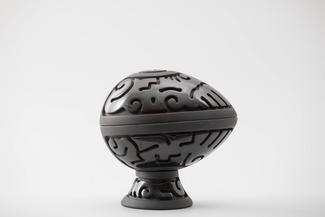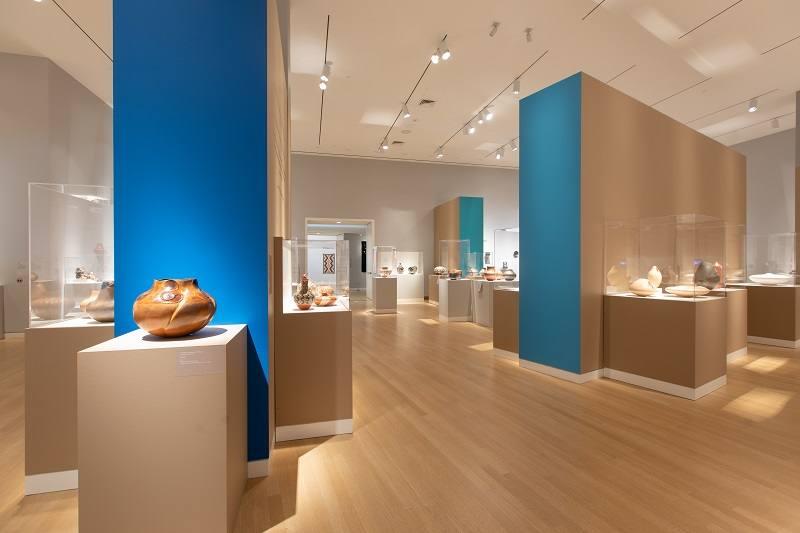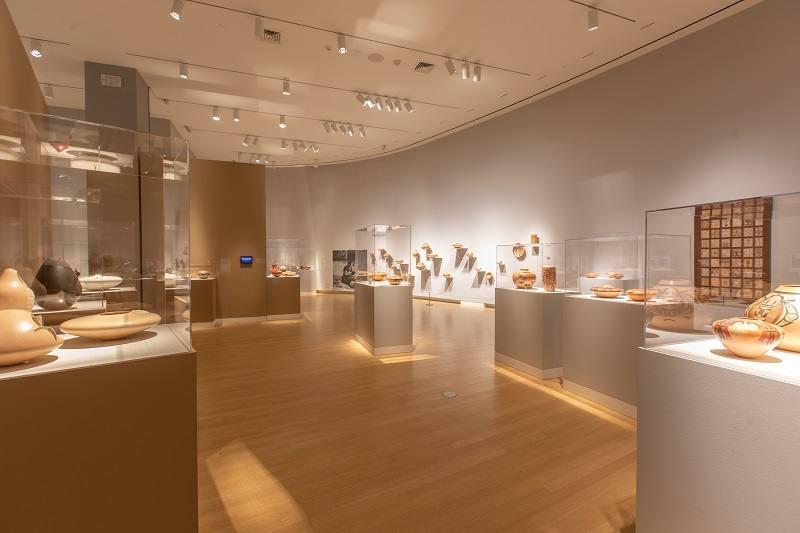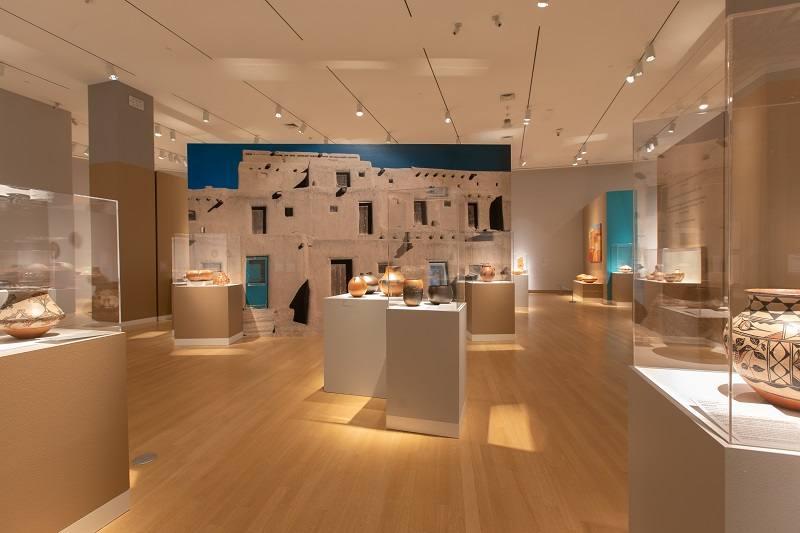
Pueblo Dynasties: Master Potters from Matriarchs to Contemporaries Collective exhibition
Dates : Dimanche 22 septembre 2019 - Dimanche 5 janvier 2020
Vernissage : Vernissage dim 22 Sep 2019, 11:00
Adresse : Crocker Art Museum, 216 O Street, 95814 Sacramento
Crocker Art Museum
216 O Street
Sacramento, CA 95814
États-Unis
Description, horaires...
American Indians of the Southwest regions began making functional pottery at least 2,000 years ago. The skills needed to make these vessels passed from generation to generation, a tradition that continues to this day. Geographic variations in clay, along with regional preferences for certain designs and shapes, meant that distinct styles became associated with permanent villages, which the Spanish called pueblos. When the railroad brought visitors to these regions in the late 19th century, potters responded by selling their wares, and an ongoing market became established for pottery made as art. For the first time, many makers began to sign their work, and individual potters became known and their works collected. These artists drew inspiration from their ancestors and built upon their traditions. Featuring more than 200 pieces by premier potters, this exhibition focuses on legendary matriarchs such as Nampeyo, Maria Martinez, and Margaret Tafoya, as well as many of their adventuresome descendants, whose art is increasingly elaborate, detailed, personal, and political with each new generation.
Photosgraphies de l'exposition


